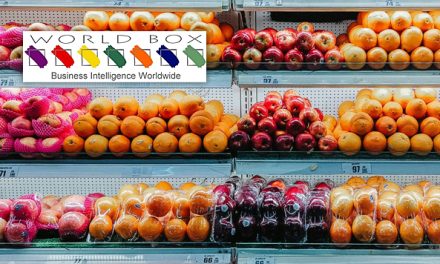Supplier financial risk represented nearly half (48%) of all risk events recorded in 2020, according to a report by Riskmethods.
Riskmethods, which monitors over 740,000 risk objects including suppliers, locations, ports, company sites and customer sites worldwide, said financial stability of suppliers, the largest category of risk facing global supply chains, grew from 41% of total risk in December 2019 to nearly 52% during the peak of the pandemic in early 2020.
Riskmethod’s Risk Report 2021 said several key indicators of supplier financial instability steadily increased during the second half of 2020, including ownership structure (46%), and field issues – problems with a product or service – which rose (46 %).
Force majeure claims, when a business says forces beyond its control prevented it fulfilling contracts, rose by 124% in 2020 year-on-year.
The top risk indicators were led by revenue and growth outlook, which made up 25% of warnings overall, followed by ownership structure (15%). Employee stability took the third spot on the list with 12% of all warnings. Business partner fines (7%) and risk and field issues (5%) rounded out the top five. Pandemic disease outbreaks broke into the top 10, accounting for 4% of all warnings in 2020.
From February to March last year the overall number of risk alerts increased by 55%, and remained at a high level throughout April, before slowly dropping during the summer months. Major product release delays increased by 302%.
The report said: “Financial risk indicators ended the year at a high 45% of total risk. This reveals the uncertain economic conditions caused by the pandemic. A consistently high and rising level of risk warnings show that monitoring the financial stability of suppliers is a key priority for supply chain and procurement professionals in 2021.
“The Covid-19 pandemic took centre stage and eclipsed all other risk events in 2020. However, other forms of risk, including financial health, cyber, compliance, man-made, and natural hazards risk, remain.
“This requires a strategic shift in the way organisations manage risk. By watching warning signs, whatever they might be, and collaborating with suppliers through the sub-tiers of their supply network, organisations can react faster to mitigate disruptions, and be proactive in their risk management strategy, all of which serve to increase supply chain resilience.”
Source: Supply Chain Management News


























